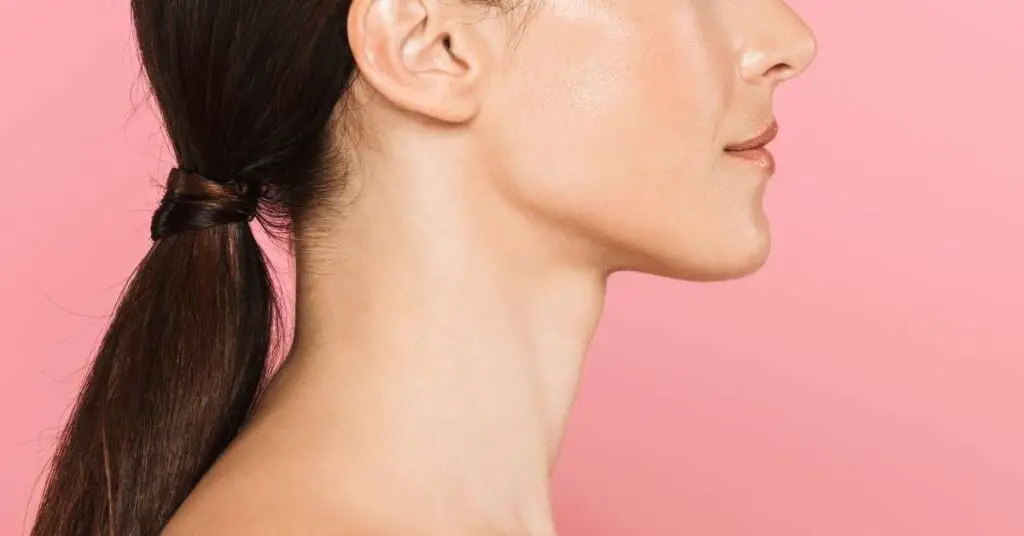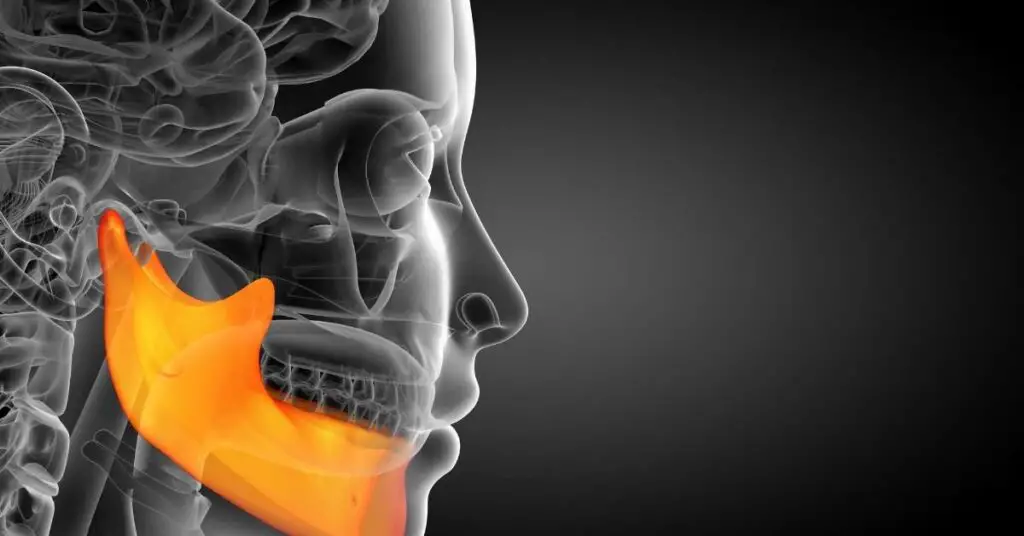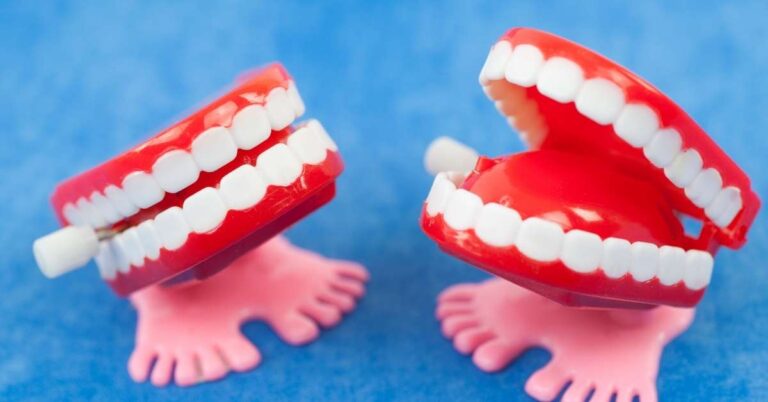Where To Place The Tongue When Mewing
It’s amazing: where you rest your tongue really affects your appearance. It can make you look better right away, and, if you rest your tongue in the right position, many believe that overtime it can even change your appearance (and health) for the better. That’s why tongue placement is one the main parts of ‘mewing,’ a system of techniques designed to improve your facial structure, reduce nasal congestion and help you breathe better.
Where to put your tongue when mewing is the most important part of this practice. When mewing, you put your whole tongue up on the roof of your mouth, just behind your teeth. You should pay the most attention to the back of your tongue, which needs to be suctioned as much as possible to the top of your palate and throat.
Where your tongue sits when you are not using it is called tongue posture. And tongue posture is just as important to your well being and your appearance as your regular posture is. It may not be as easy to correct your tongue posture, but it’s important, and it can be done.
Why Tongue Posture Is An Important Part of Mewing

When we think about a muscle like the tongue, we look at how the muscle works, and how it relaxes, ie, what its resting posture is. Think about it: your tongue sits quietly in your mouth way more than you talk or chew.
Tongue posture is really important for facial development, especially in children. In fact, orthotropic dentists like the Mews are often able to get the same results using tongue posture, removable devices and lifestyle changes that orthodontists get through braces and tooth extraction.
When you have proper tongue posture, your tongue presses against your hard palate, helping it to expand. This expansion can reduce nasal congestion, create a more typically ‘attractive’ face, and help open up your airways (which in turn can alleviate things like snoring and sleep apnea). Ultimately, it’s the way human skulls are supposed to develop, and the way we used to before we modernized and life (and chewing!) got easier (source).

The way your face and teeth develop has as much or more to do with lifestyle and environment as it does with genetics. The sutures of the face are not fixed – which means the look of your face (and subsequent space in your airways) isn’t fixed, especially not for children. Tongue posture is SO important because it can affect how you look and how you breathe – for better, if you do it properly, and for much worse, if you do it improperly.
Mike Mew says that you can see dramatic, relatively quick changes in your facial structure up until the age of 25 or so from doing mewing. If you’re older than that (like me!), don’t worry. You can still make significant changes, it will just take more time (source).
Where You Should Place Your Tongue When Mewing
So, where should you put your tongue when mewing? You basically need to move your tongue up, so that it is flush with the roof of your mouth. It should be flush against your hard palate, ie the top of your mouth. Meanwhile your teeth should be mostly together (as close as they can be without grinding them together) and your lips should be closed.
And we’re talking about your whole tongue here, at least all your tongue that you can control. This means the back of your tongue, too, so that it almost feels like it’s pressing up against the back of the top of your throat. If you have trouble doing this, make an ‘ng’ sound, like in the word ‘thing’ or ‘sign.’ The tongue placement you need to make this sound is the same as for mewing.
If your facial structure is already quite small, you might have trouble breathing while mewing. This is actually a sign that you need to mew! You just might need to also seek help from an orthodontic or orthotropics dentist, and obviously never do anything that obstructs your breathing. (As a side note, mewing compliments professional dental treatment, but does not replace it).

How To Know If You’re Mewing Properly
The easiest way I’ve found to see if you are mewing properly is to look at your profile in a mirror. You should see an immediate shift in your jawline if you are mewing properly. When you mew, you pull in your hyoid bone, and your jawline should look a lot more defined.
Bonus: mewing makes you look better in the moment, and the more you do it, the more it might help in the long term.
You can also use gum as an aid to help you get better at pressing up your whole tongue. It’s called ‘tongue chewing,’ and it basically means using your tongue to roll and press gum all up into the top of your mouth. This video explains it pretty well:
If you are not able to tongue chew, then you are likely not mewing properly.
Another way to tell if you are mewing properly is the same way to tell if you are using other muscles properly after a workout. When I first started mewing seriously (ie, for extended periods in the day), it made the muscles in my throat feel pretty worn out the next day.
Mewing Mistakes
There are two big mistakes mewing newbies often run into. First, don’t make the mistake of just putting the tip of your tongue at the tip of your mouth, just below your front teeth. That won’t do anything. It has to be your whole tongue pressing up into your whole palate, with a focus on the back of the tongue.
And the second mistake is forgetting to mew. You’ve likely held your tongue in one position your whole life, and that’s where it naturally falls when you’re not thinking about it. So if you’re not actively trying to mew, you’re probably going to notice that your tongue quickly falls back to its normal resting spot.
Now, that’s ok. This is a life skill, and it’s not something you can do overnight. You can use some mental tricks to help you remember to mew more throughout the day. For example, tell yourself that you’ll mew every time you open a door, check your phone or take a sip of water.
Ultimately, I think most people criticize or give up on mewing because they want to see results overnight. And mewing isn’t a quick fix. It’s a lifestyle change, and it takes time to learn how to do it properly and fully integrate it into your life. But trust me: it’s worth it.






